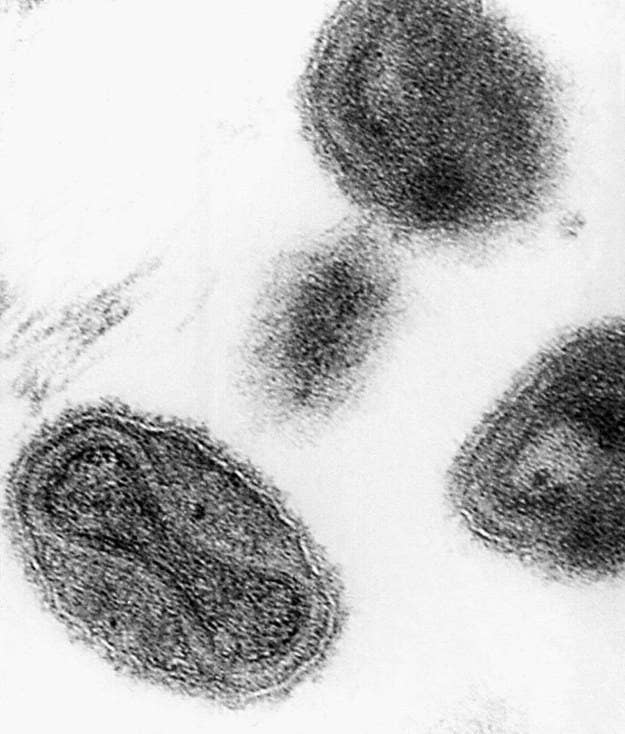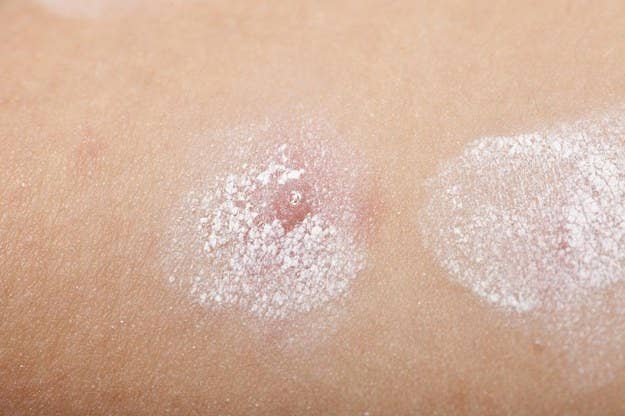A government scientist cleaning out an old storage room in Maryland discovered six vials of the highly dangerous smallpox virus lying packed and forgotten in a cardboard box for decades, the Associated Press reported.

The scientist found the smallpox vials while cleaning out a cold room in a building at the National Institutes of Health in Maryland, which has been used by the Food and Drug Administration since 1972, the Centers for Disease Control and Prevention said. The smallpox was put in the vials in the 1950s according to their labels. No one in the building was found to be be infected.
This is the first time that the U.S. discovered unaccounted-for small pox, a lethal disease that was declared eradicated in the 1980s. Since then, world health authorities believed that that only remaining smallpox samples were stored in super-secure labs in Atlanta and Russia, so this recent find is rather disturbing.
Authorities are yet to determine if the virus in the vials is alive and infectious.

The vials containing the freeze-dried virus were intact and sealed, but freeze-dried smallpox can still be deadly if it is kept cold. The samples have been sent to Atlanta's CDC for analysis to determine if the smallpox is alive and infectious, after which they will be destroyed.
This isn't the first time an extremely dangerous virus appears to have been mishandled by the government health agency. Only last month, the CDC had to give antibiotics to several employees in Atlanta as a precaution against anthrax after a lab safety lapse.
Smallpox is known one of the most lethal diseases in history, killing one third of of its victims for centuries.

The last know victim in 1978 was a photographer in Britain who died after being accidentally exposed to the virus from a lab handling smallpox located below his workplace.
After it was eradicated in the 1980s, all remaining samples of the live virus were safely stored at the CDC lab in Atlanta and a Russian lab in Siberia.
